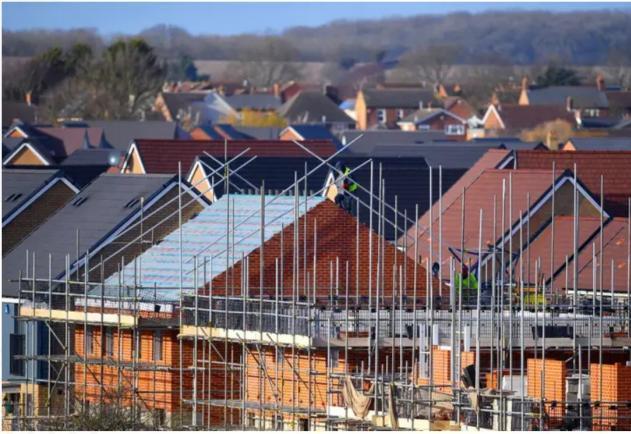By Cllr Stephen Conway
The government sets councils’ housing target – it tells councils how many new homes they must plan to accommodate and give planning permission for in a 15 year local-plan period.
The current government has promised to make the system more responsive to local need, but so far we have seen no change in the imposition of centrally determined targets.
Across southern England, and particularly in the home counties, councils of all political colours have to grapple with planning challenges that flow from the imposition of government targets.
Whatever the councils decide, they upset part of the community. Unfortunately, the planning process is deeply divisive, setting different groups, places, and generations against others.
Many existing residents – for very understandable reasons – are resistant to large-scale new development, because they fear that it will lead to a loss of countryside and add to problems of congestion on the roads and pressure on local schools and doctors’ surgeries.
Lack of adequate infrastructure in past developments adds to the concerns about future developments.
But at the same time, other local people – especially the young and those on low or even average incomes – are priced out of the housing market and struggle to find anywhere to live in their own area.
Building more houses is, according to developers, the answer to the problem of affordability. The simple rules of supply and demand seem to justify their claims. More homes, the logic goes, drives down prices and so makes home-ownership a realistic prospect for more people.
But in areas like ours, which are near London and well-connected with it by rail and road links, the normal rules of supply and demand do not operate.
In Wokingham borough, decades of large-scale new development have not increased affordability – on the contrary, prices have risen steadily, making home-ownership an increasingly remote possibility for many local people. Quite simply, new market housing draws in more people from outside the area, especially from London.
External demand, in other words, boosts prices and local need remains unmet.
So, if building more and more houses is not the answer, what is? To me it seems obvious that if the market cannot provide the solution, we have to try to increase the proportion of non-market accommodation in the overall housing stock.
That could take the form of a variety of different tenures – from government-subsidised discounted market housing, through shared ownership schemes, to rental housing, provided by councils or by housing associations.
In Wokingham, we are seeking to maximise the proportion of affordable housing we secure through the planning system.
When housing developers apply for planning permission for extensive market housing schemes, we currently require them to provide, on average, 35% of the new homes as affordable housing. We are hoping to increase that percentage in the new local plan, which we expect in the next few months to be able to bring forward for its final stages before formal adoption.
If I seem a little cautious about this aspiration it is only because we have to convince a government-appointed inspector, who will make the final decision on whether our local plan should be adopted, that a percentage higher than 35% is viable, given all of the other infrastructure costs that developers are required to bear.
But we will do all we can to convince the inspector that a higher percentage is both achievable and desirable. We owe it to our young people, and to all those who do vital work but are not paid well, to find a way to make sure that they have the opportunity to live in a decent home in their own community.
Cllr Stephen Conway is the leader of Wokingham Borough Council and ward member for Twyford















































